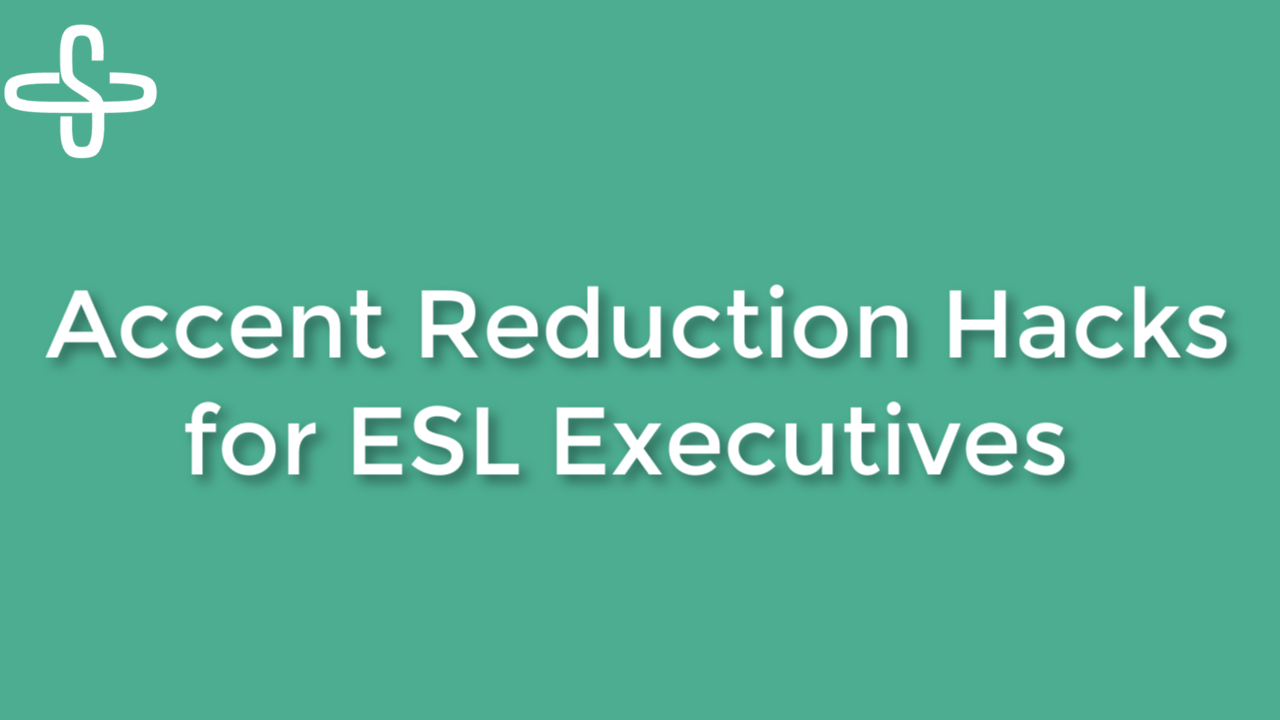
I was recently asked by a fantastic education company in Silicon Valley to teach a module on customer presentations for one of their workshops. I decided to dig a bit into current trends. I was quite shocked at some of the information I unearthed. Did you know…
- Between 80 and 90% of the information that our brain processes comes in through our eyes.
- In a study conducted by the Management Information Systems Research Center at the University of Minnesota and the 3M Corporation, researchers found that the simple act of adding visuals to a presentation can have a dramatic impact on audience response.
- Personal stories make up 65% of our conversations—a fact that is rooted in the ways that stories engage our brains.
- Research has shown that people are more likely to remember which brands are associated with certain products when first presented with the information in an interactive format versus a static format.
Hmmm. So what does this research tell us about presenting? A few things. First, visuals are a must. So break out your PowerPoint, right? Well, sort of. Keep in mind, the type of visual matters . Bullet points don’t count as “visuals” and, research shows, detracts from our ability to process information. Using full bleed pictures that stimulate the senses, however, is a great way to engage your audience.
Next, storytelling is key. But what types of stories? Science tells us that stories that stimulate the senses, and use phrases like “smelled like perfume” or “skin as soft as velvet” tend to stick more than “static” stories that do not engage the senses.
Finally, flexibility is imperative. You are more likely to impress a customer if you give them options. After you’ve determined what information is most important to your audience, create a “road map” of your presentation, and let them drive. Choose three products they might like information on, and then ask which ones are most pertinent to them. Make an interactive game out of the choice by allowing your audience to choose the topic from their Ipads.
To illustrate, if I were giving a customer presentation on a new line of cars, I might start by researching what types of cars my client might need. From there, I would design some sexy visuals, using sleek imagery that engages the senses. Next, I would unify my visuals under a few theme words that link to each car, like, “in command” or “on the road”, and build stories around each theme. Finally, I would give my customer the option of choosing which cars, and thus which presentation , they would like to view. By utilizing storytelling, visual aids, and an interactive format, I’ve upped my game, and crafter a stellar presentation.










